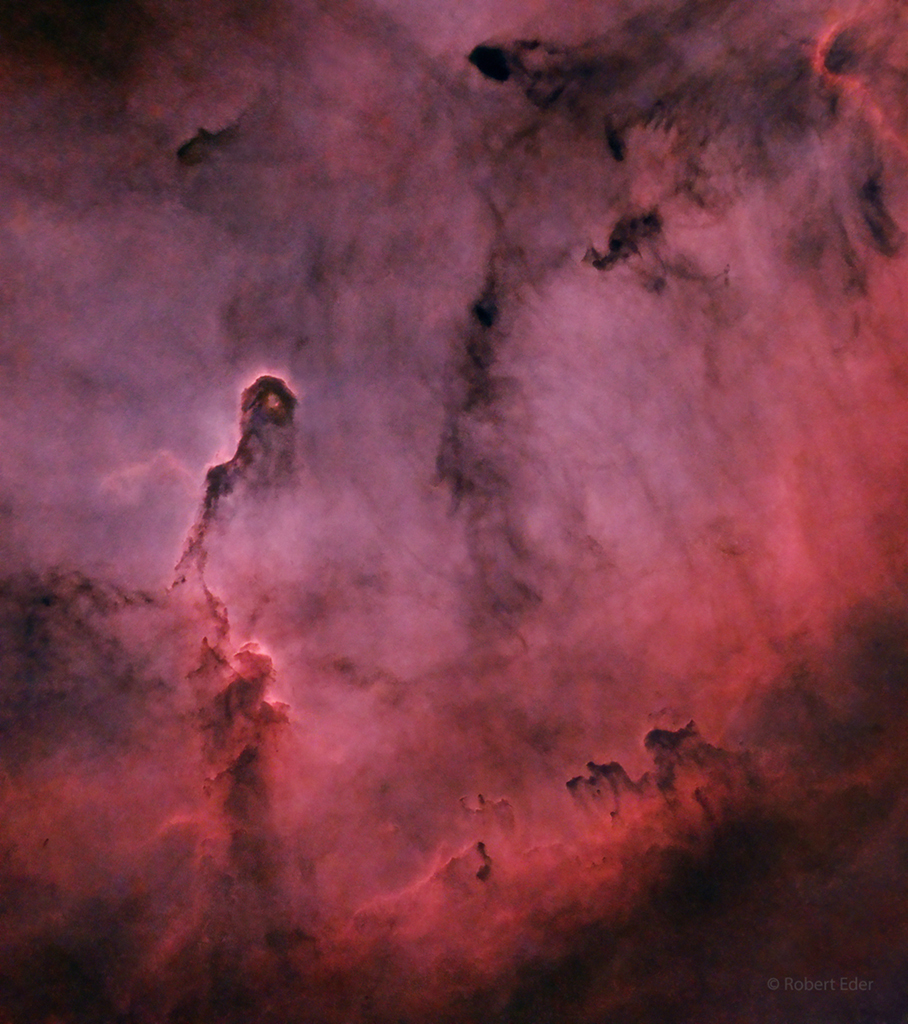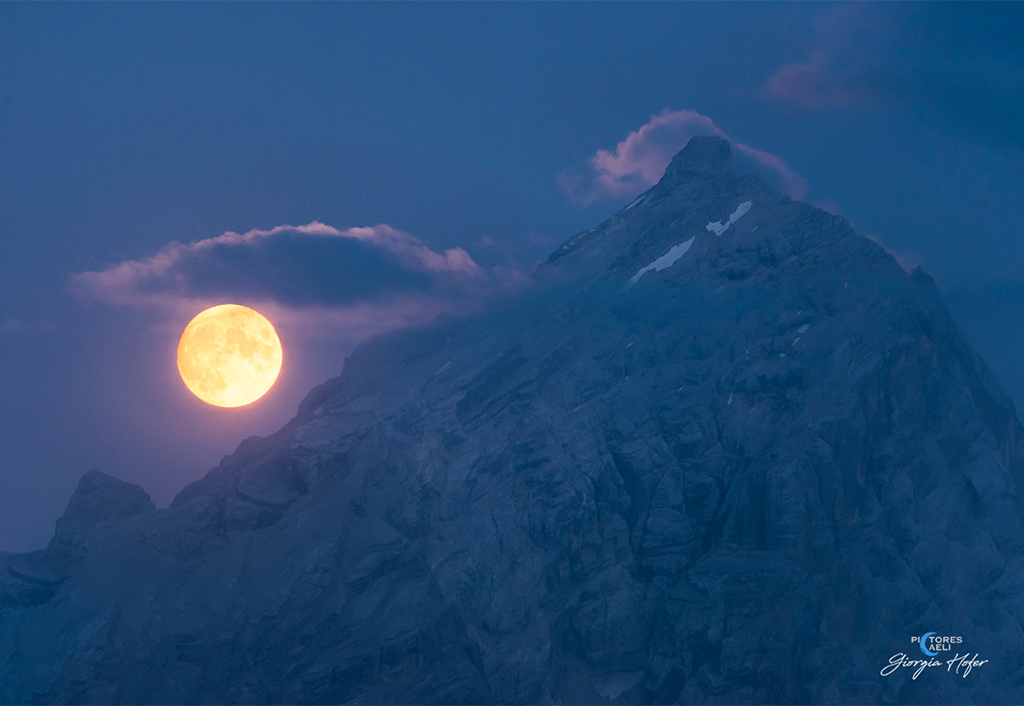Month: August 2021
Mars Rock Rochette

Taken on mission sol 180 (August 22) this sharp image from a Hazard Camera on the Perseverance rover looks out across a rock strewn floor of Jezero crater on Mars. At 52.5 centimeters (21 inches) in diameter, one of the rover’s steerable front wheels is at lower left in the frame. Near center is a large rock nicknamed Rochette. Mission planners don’t want to avoid Rochette though. Instead Perseverance will be instructed to reach out with its 2 meter long robotic arm and abrade the rock’s surface, to determine whether it has a consistency suitable for obtaining a sample, slightly thicker than a pencil, using the rover’s coring bit. Samples collected by Perseverance would be returned to Earth by a future Mars mission. via NASA https://ift.tt/3ztb8Lw
Light Rain today!

Light Rain today! With a high of 16C and a low of 16C.
88 Humidity.
14 C currently.
6 Km/h Wind from
West.
88 Humidity.
14 C currently.
6 Km/h Wind from
West.
Wikipedia article of the day for August 28, 2021

Wikipedia article of the day is William Lyon Mackenzie. Check it out: Article-Link Summary: William Lyon Mackenzie (March 12, 1795 – August 28, 1861) was a Scottish-born Canadian-American journalist and politician. He founded newspapers critical of the Family Compact, represented York County in the Legislative Assembly of Upper Canada and aligned with Reformers. Dundee-born, Mackenzie emigrated to York, Upper Canada, (now Toronto) in 1820 and published his first newspaper in 1824. He was elected to the legislative assembly in 1827 and became Toronto’s first mayor in 1834. In 1837, he commanded the rebels in the Upper Canada Rebellion, but was defeated at the Battle of Montgomery’s Tavern. He fled to the U.S. to rally American support for an invasion of Upper Canada. This violated the Neutrality Act and he was imprisoned. He discovered and published documents that outlined corrupt financial transactions and government appointments by New York state officials. He represented Haldimand County in the legislature of the Province of Canada from 1851 to 1858, and died in August 1861.
Picture of the day for August 28, 2021

Wikipedia picture of the day on August 28, 2021: Cracked skin of a Aesculus. More Info
Prepping the Europa Clipper’s Propulsion Tanks

Contamination control engineers in a clean room at the Goddard Space Flight Center evaluate a propellant tank before it is installed in our Europa Clipper spacecraft. via NASA https://ift.tt/3BjwBXK
Nature quote of the day
“Nature was my kindergarten.” – William Christopher Handy
Showers today!

Showers today! With a high of 18C and a low of 18C.
90 Humidity.
13 C currently.
5 Km/h Wind from
West.
90 Humidity.
13 C currently.
5 Km/h Wind from
West.
Elephant s Trunk and Caravan

Like an illustration in a galactic Just So Story, the Elephant’s Trunk Nebula winds through the emission nebula and young star cluster complex IC 1396, in the high and far off constellation of Cepheus. Also known as vdB 142, seen on the left the cosmic elephant’s trunk is over 20 light-years long. Removed by digital processing, no visible stars are in this detailed telescopic close-up view highlighting the bright swept-back ridges that outline pockets of cool interstellar dust and gas. But the dark, tendril-shaped clouds contain the raw material for star formation and hide protostars within. Nearly 3,000 light-years distant, the relatively faint IC 1396 complex covers a large region on the sky, spanning over 5 degrees. This starless rendition spans a 1 degree wide field of view though, about the angular size of 2 full moons. Of course the dark shapes below and right, marching toward the winding Elephant’s Trunk, are known to some as The Caravan. via NASA https://ift.tt/2Y5I8vz
Picture of the day for August 27, 2021

Wikipedia picture of the day on August 27, 2021: Prielbrusye National Park, Central Caucasus. More Info
Wikipedia article of the day for August 27, 2021

Wikipedia article of the day is USS Iowa (BB-61). Check it out: Article-Link Summary: USS Iowa is a retired battleship, the lead ship of her class and the last lead ship of any class of United States battleships. Iowa served with the Pacific Fleet in 1944, shelling beachheads at Kwajalein and Eniwetok and screening aircraft carriers operating in the Marshall Islands. She also served as the flagship of the Third Fleet, flying Admiral William F. Halsey’s flag at the Japanese surrender in Tokyo Bay. During the Korean War, Iowa was involved in raids on the North Korean coast, after which she was decommissioned. She was reactivated in 1984 and operated in both the Atlantic and Pacific Fleets to counter the recently expanded Soviet Navy. In April 1989, an explosion wrecked her No. 2 gun turret, killing 47 sailors. Iowa was decommissioned for the last time in October 1990 after 19 total years of active service. In 2012 she was donated to the nonprofit Pacific Battleship Center and opened as a museum in Los Angeles. (This article is part of a featured topic: Iowa-class battleships.)
Paving the Way for Future Generations of Women in STEM

On Women’s Equality Day, NASA celebrates the women who are breaking barriers and paving the way for future generations. via NASA https://ift.tt/3zlG404
Nature quote of the day
“Sadly, it’s much easier to create a desert than a forest.” – James Lovelock
A Blue Hour Full Moon

Nature photographers and other fans of planet Earth always look forward to the blue hour. That’s the transition in twilight, just before sunrise or after sunset, when the Sun is below the horizon but land and sky are still suffused with a beautiful blue light. After sunset on August 21, this blue hour snapshot captured the nearly full Moon as it rose opposite the Sun, above the rugged Italian Alps from Cortina d’Ampezzo, Italy. Sharing bluish hues with the sky, the rocky pyramid of Monte Antelao, also known as the King of the Dolomites, is the region’s prominent alpine peak. The moonlight is yellow, but even so this full Moon was known to some as a seasonal Blue Moon. That’s because by one definition the third full Moon of a season with four full moons in it is called a Blue Moon. Recognizing a season as the time between a solstice and an equinox, this season’s fourth full Moon will be rising in the blue hour of September 20, just before September’s equinox. via NASA https://ift.tt/2WqrfdQ
Rain today!

Rain today! With a high of 18C and a low of 18C.
84 Humidity.
13 C currently.
8 Km/h Wind from
Southwest.
84 Humidity.
13 C currently.
8 Km/h Wind from
Southwest.
Picture of the day for August 26, 2021
Wikipedia picture of the day on August 26, 2021: Microcrystals of Mineral Water “Essentuki 4” Salt Light microscopy, polarized light. More Info
Wikipedia article of the day for August 26, 2021

Wikipedia article of the day is Crécy campaign. Check it out: Article-Link Summary: The Crécy campaign was an expedition by an English army from the north of Normandy to the County of Boulogne, devastating the French countryside on a wide front, followed by the successful siege of Calais. It began on 12 July 1346 during the Hundred Years’ War. Led by King Edward III, the English stormed and sacked Caen, slaughtering the population. They then devastated the country to the suburbs of Rouen before cutting a swath along the Seine’s left bank to Poissy, 20 miles (30 km) from Paris. Turning north, the English became trapped in territory which the French had denuded of food. They escaped by fighting their way across the Somme against a French blocking force. Two days later, on ground of their choosing, the English inflicted a heavy defeat on the French at the Battle of Crécy on 26 August, before moving on to besiege Calais. After an eleven-month siege, which severely stretched both countries’ financial and military resources, the town fell. (This article is part of a featured topic: Crécy campaign.)
SpaceX Crew 3’s Water Survival Training

The SpaceX Crew-3 astronauts and support personnel participate in water survival training at the Neutral Buoyancy Laboratory. via NASA https://ift.tt/3mrKBKO
Nature quote of the day
“Blue, green, grey, white, or black; smooth, ruffled, or mountainous; that ocean is not silent.” – H. P. Lovecraft
Mostly Sunny today!

Mostly Sunny today! With a high of 22C and a low of 22C.
85 Humidity.
13 C currently.
13 Km/h Wind from
Northeast.
85 Humidity.
13 C currently.
13 Km/h Wind from
Northeast.